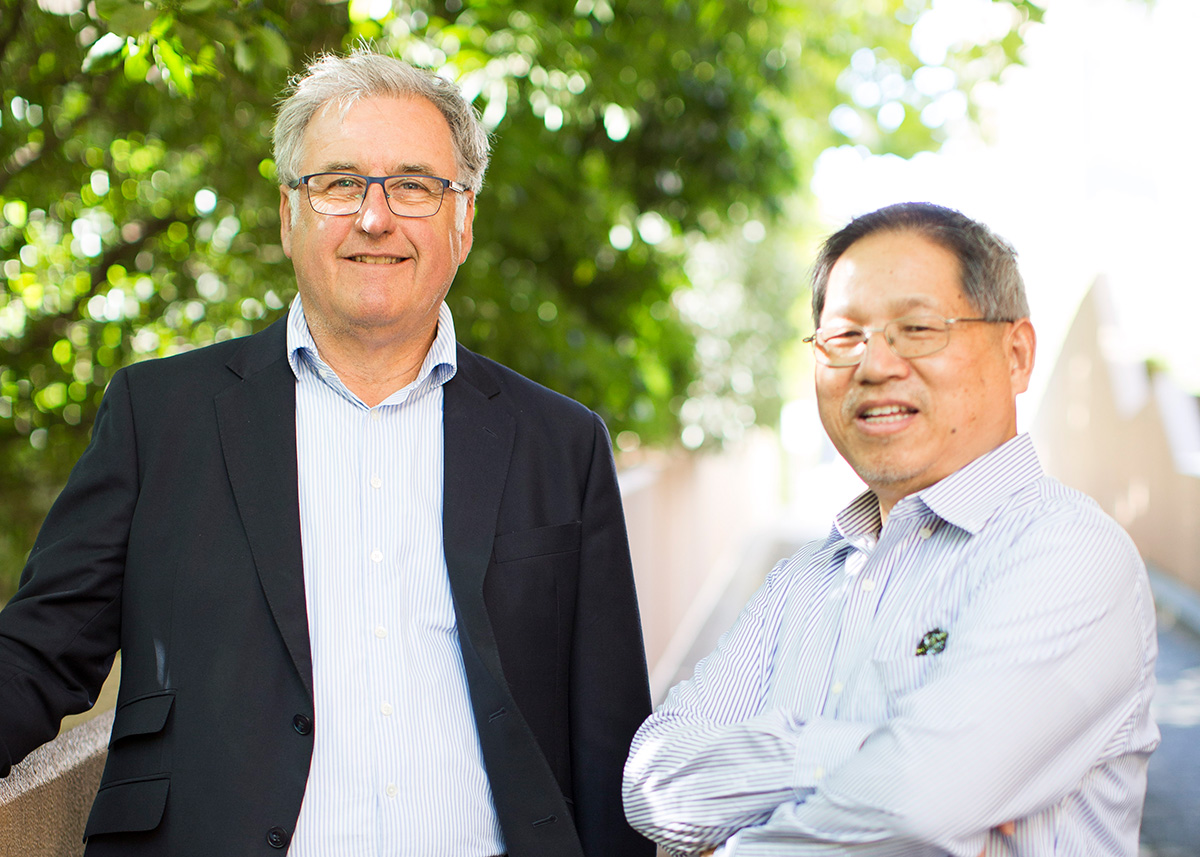News
$35M to support development of a bioengineered cornea
CERA’s corneal researchers are part of a national collaboration that has received $35 million from the Australian Government to build a bioengineered cornea.
CERA corneal researchers and engineering colleagues from the University of Melbourne have welcomed the Australian Government’s $35 million investment in BIENCO, a national research collaboration to develop a tissue-engineered cornea.
BIENCO aims to develop a bioengineered cornea that will treat corneal blindness and solve the global shortage of donor corneas for transplant.
CERA Head of Corneal Research Professor Mark Daniell says that currently donor corneas are available for only one in 70 patients globally, with 53 percent of the world’s population unable to access this tissue for transplantation.
“Currently, these transplants rely on tissue donated from deceased individuals,” says Professor Daniell.
“The developing world, including many countries in Africa, and Southeast Asia, has a chronic shortage of corneas due to a lack of tissue banks.
“BIENCO’s foundational work has already made significant progress in creating next-generation bioengineered materials that will significantly reduce the need for donated tissue and increase the speed and quality of care patients receive.”

National collaboration
BIENCO is a world-first consortium of clinical, scientific and governance experts led by the University of Sydney, with experts from CERA, the University of Melbourne, University of Wollongong, Queensland University of Technology, and the NSW Organ & Tissue Donation Service.
University of Melbourne Professor Greg Qiao, a BIENCO Chief Investigator, says the Medical Research Future Fund funding could solve global cornea shortages.
“The funding will allow us to continue our work, through BIENCO, in developing an endothelial transplant with the potential to produce multiple synthetic corneas using a single donor tissue,” Professor Qiao says.
“Our work through the Hygelix project, a partnership with the Centre for Eye Research Australia and Eversight, funded by the Victorian Government, has seen the production of a purely synthetic and biodegradable hydrogel, capable of supporting a delicate corneal tissue for eye surgery, which has made it possible to improve the outcomes of cornea transplant surgeries for patients with corneal disease.
“Our ultimate goal is to develop the technology where we can grow cells on the hydrogel and produce as many as 30 synthetic grafts from one donor tissue.
“This would help alleviate the global shortage of donor corneas.”
The development of a synthetic cornea and other project outcomes will restore vision for millions of people around the world, providing access to people living where corneal transplants are not available.
Federal Minister for Health and Aged Care Mark Butler says the next generation technology aims to make artificial corneas available to all.
“These revolutionary treatments prove once again that Australian medical researchers are among the best in the world,” he says.
